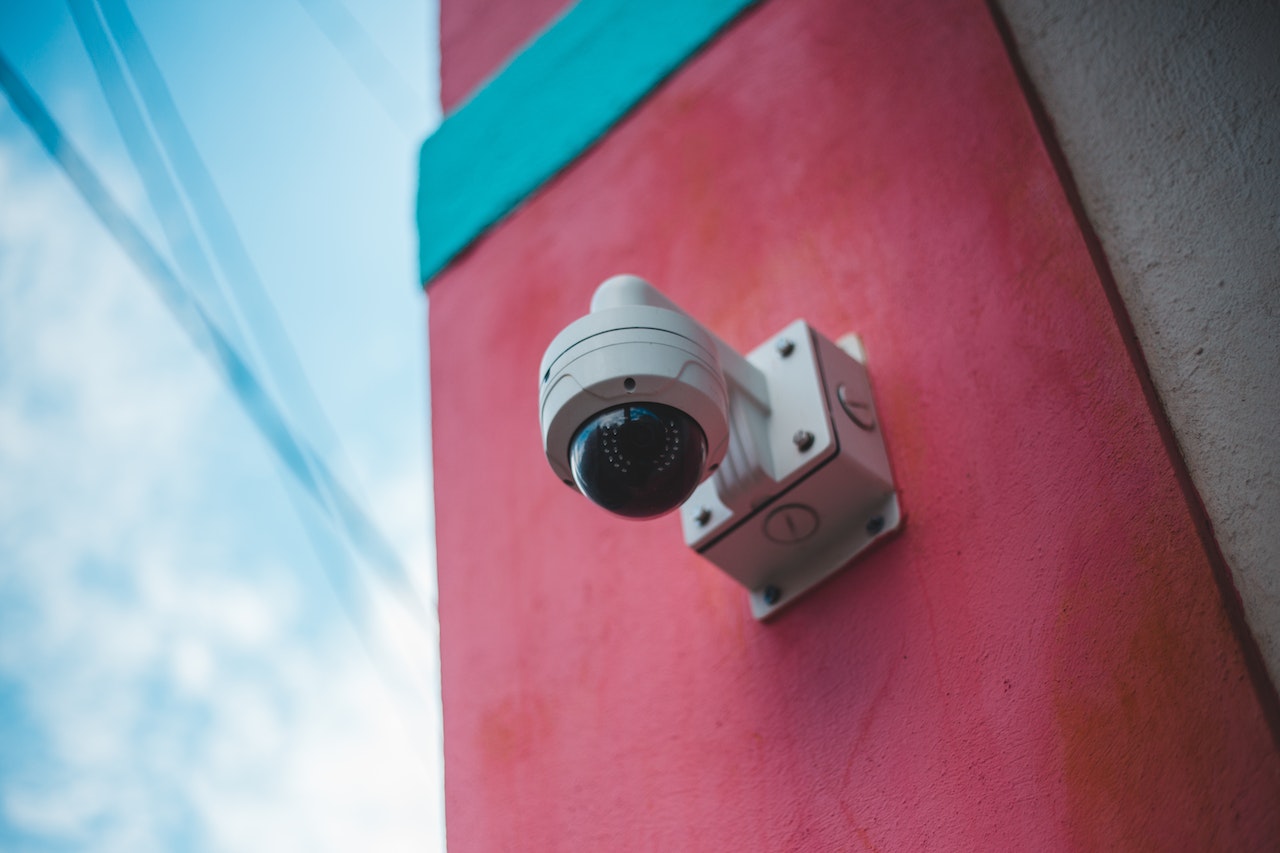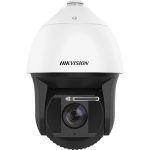Lux level is a measurement of light intensity that refers to the amount of visible light received by a surface per unit area, usually measured in foot-candles or lux (1 foot-candle is approximately equal to 10.764 lux). In the context of CCTV (Closed-Circuit Television) cameras, the lux level indicates how sensitive the camera is to light, and therefore, how well it can capture images in low-light conditions.
For good night vision performance, you will want to look for a CCTV camera with low lux ratings, ideally below 1 lux. Cameras with even lower lux ratings (e.g., 0.01 lux or lower) can provide better visibility in near-darkness or very low-light environments.
Let’s dive deeper into some of the key aspects of CCTV cameras that are important for night vision performance.
- Lux rating: As mentioned earlier, a camera’s lux rating indicates its sensitivity to light. The lower the lux rating, the better the camera can perform in low-light conditions. To put this in perspective, here are some common lux levels you might encounter:
- Full daylight: 10,000 – 25,000 lux
- Overcast daylight: 1,000 lux
- Indoor office lighting: 300 – 500 lux
- Twilight: 10 lux
- Full moon: 0.1 lux
- No moon (starlight only): 0.001 lux
- Infrared (IR) illumination: Many CCTV cameras come with built-in infrared LEDs, which emit light that is invisible to the human eye but can be detected by the camera’s sensor. This helps to illuminate the scene without drawing attention or causing glare. The effective range of IR illumination varies depending on the power and number of LEDs, as well as the camera’s sensitivity to IR light. It is important to choose a camera with sufficient IR range to cover your surveillance area.
- Image sensor: The image sensor in a CCTV camera is responsible for converting light into an electronic signal that can be processed and displayed as an image. There are two main types of image sensors used in CCTV cameras: CCD (Charge-Coupled Device) and CMOS (Complementary Metal-Oxide-Semiconductor). In general, CCD sensors have been considered better for low-light performance, but advancements in CMOS technology have led to high-quality sensors that can rival CCDs in terms of low-light sensitivity.
- Noise reduction: In low-light conditions, the image quality can be affected by noise, which appears as random speckles or graininess in the image. Many cameras have noise reduction features such as 2D-DNR (2-Dimensional Digital Noise Reduction) or 3D-DNR (3-Dimensional Digital Noise Reduction) that help to minimize noise and improve image clarity.
- Wide Dynamic Range (WDR): In situations with both bright and dark areas in the same scene, it can be challenging for a camera to capture details in both areas. WDR is a feature that helps to balance the exposure of an image, allowing for better visibility in high-contrast scenes. This is especially useful for nighttime surveillance where there may be bright lights or reflections mixed with dark shadows.
- Lens type and focal length: The lens type and focal length can also impact the camera’s low-light performance. A larger aperture (lower f-number) allows more light to enter the camera, resulting in better low-light performance. The focal length, measured in millimeters (mm), determines the field of view (FOV) and the level of magnification. A wider FOV is achieved with shorter focal lengths, while higher magnification is possible with longer focal lengths. Depending on your surveillance needs, you may need to consider a camera with a vari-focal or zoom lens to adjust the FOV and magnification as needed.
When choosing a CCTV camera for Business for night vision, consider factors such as the lux rating, IR illumination, image sensor, noise reduction, wide dynamic range, and lens type and focal length. By understanding and comparing these features, you can make an informed decision and select a camera that will provide reliable night vision performance in your specific surveillance environment.





